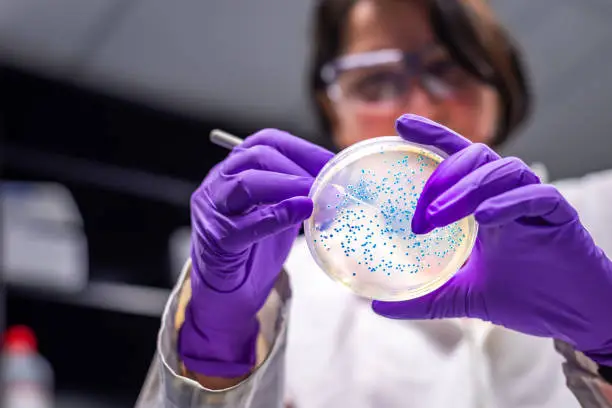
On the 25th of March, we collected a water sample at Newlands Spring and tested it for microbial and chemical contaminants. We unfortunately detected the presence of E.coli and coliform bacteria at levels exceeding the safe limits. This incident provides an important opportunity to understand what these bacteria are, why their presence is concerning, and the implications for public health.
Understanding E. coli and Coliform Contamination
Coliform bacteria are a group of microorganisms commonly found in the intestines of warm-blooded animals and in the environment (soil, vegetation). They are used as indicator organisms, meaning their presence suggests that other potentially harmful pathogens might also be present in the water.
- Total Coliforms: This is a broad group of bacteria. Their presence indicates that the water may have been exposed to fecal matter or other unsanitary conditions.
- E. coli (Escherichia coli): This is a specific type of fecal coliform. While most strains of E. coli are harmless and live in our intestines, some strains, like E. coli O157:H7, can produce toxins that cause severe illness. The detection of E. coli specifically points to recent fecal contamination, posing a higher risk.
Why is their presence in drinking water a concern?
The presence of E. coli and high levels of total coliforms in drinking water indicates potential fecal contamination. This contamination can introduce a range of harmful pathogens, including:
- Other bacteria (e.g., Salmonella, Shigella)
- Viruses (e.g., Hepatitis A, Norovirus)
- Parasites (e.g., Giardia, Cryptosporidium)
These pathogens can cause a variety of gastrointestinal illnesses, including diarrhea, vomiting, cramps, and fever. In vulnerable populations, such as children, the elderly, and those with weakened immune systems, these illnesses can be severe or even life-threatening.
Potential Sources of Contamination:
Understanding the potential sources of contamination is crucial for preventing future incidents. Common sources include:
- Sewage leaks: Aging or damaged sewage infrastructure can leak untreated wastewater into groundwater or surface water sources.
- Agricultural runoff: Animal waste from farms can be washed into water sources during rainfall.
- Wildlife: Fecal matter from animals can contaminate surface water.
- Inadequate sanitation: Improper disposal of human or animal waste near water sources.
- Stormwater runoff: Rain can carry contaminants from urban and rural areas into water supplies.
- Biofilm: Bacteria can grow inside pipes forming a biofilm that releases bacteria into the water stream.
Public Health Implications and Prevention:
The detection of these bacteria in Newlands spring water highlights the importance of:
- Regular water testing: Consistent monitoring of water sources is essential to ensure safety.
- Protecting water sources: Implementing measures to prevent contamination, such as maintaining sewage infrastructure and managing animal waste.
- Proper sanitation: Promoting hygienic practices and ensuring proper waste disposal.
- Water treatment: Disinfecting water sources to kill harmful bacteria and viruses.
- Boiling water: As a precautionary measure, boiling water for at least one minute can kill most harmful bacteria.
This incident serves as a reminder that natural water sources are not always safe for consumption. It is crucial to stay informed and follow the guidance of public health officials to protect yourself and your family.

0 Comments